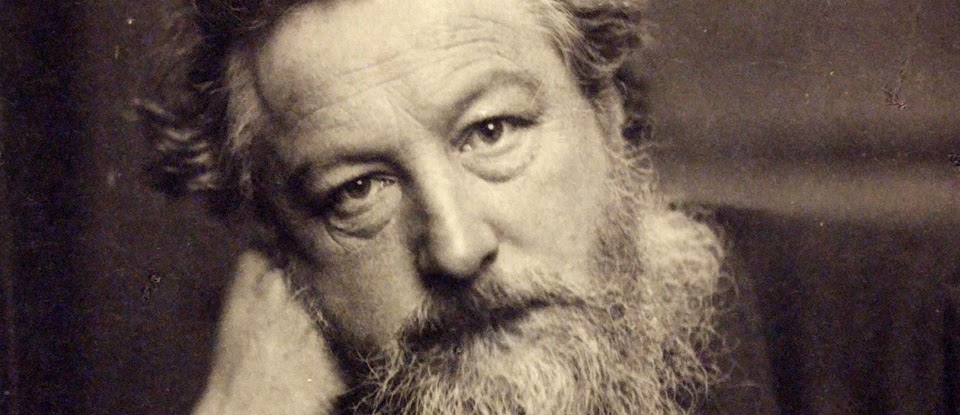William Morris
http://www.vam.ac.uk/__data/assets/image/0003/170139/hdr-william-morris-updated-415.jpg
Basic Information:
William Morris was born in 24th march of the year 1834 in
Walthamstow England, and died at the age of 62, 3rd October 1896 in
London England. William Morris was a textile designer, socialist activist,
translator, writer (poet), and novelist. He was associated with the British
Arts and Crafts Movement (Art Nouveau).While William Morris studied at the
Oxford university there was a big influence of medievalism. After the
university he worked as an architect, then W.Morris was married to his wife
Jane Burde, and because of that he became friends with some Pre-Raphaelite
artists that are: Dante Gabriel Rossetti, Edward Jones and a Neo-Gothic
architect Philip Webb, infact William Morris and Philip Webb design a family
house that’s called Red House. Then in 1861 Morris
and his friends artist founded a decorative arts firm that was named the Morris
Marshall, Faulkner & Co, they became high in fashion and demanding with
W.Morris designing wallpapers, furniture, stained glass windows, fabrics and
tapestries. Morris took the total control of the company in 1875 and then was
renamed Morris & Co.
William Morris and Wallpaper Design
William Morris’s name and reputation cannot be removed
from the history of wallpaper design, but he had a tendency to over-estimate
the influence he was giving with the wallpapers in this field, but despite his
belief in “art for all” his wallpapers were hand made by his company Morris
& Co., so they were expensive to buy, and consequently had a bad fit on the
clients, plus that they had a limited stock. His wallpapers were difficult to
find in the market beyond fellow artist, and were disliked by Oscar Wilde and
some other influential people. However he had a long lived effect on wallpapers
design, creating designs which were enjoyed till lasting appeal.
http://www.vam.ac.uk/content/articles/w/william-morris-and-wallpaper-design/
'Trellis' woodblock printed wallpaper by William Morris,
England, 1864. Victoria & Albert Museum, London
Inspirations
William Morris’s
inspirations were plants themselves, observed from his walks in the country or
his own garden and also pictures of plants, tapes-tries and illuminated
manuscripts and other textile that had floral or leaf designs on them.
Morris designed over then
fifty wallpapers and further forty-nine produced by J.H.Dearle, Kate Faulkner,
George Gilbert Scott. Every wallpaper design had plant pattern whether
expressed in a luxuriant naturalism (Acanthus, Jasmine, Pimpernel) more formal style (Sunflower). William Morris also
printed on textile which in all he made over six hundred designs including
designs on textile embroideries and wallpapers, over one hundred fifty stained
glass windows.
Design for "Tulip and
Willow" discharge wood-block printed fabric, 1873.
http://en.wikipedia.org/wiki/William_Morris
Cabbage and vine tapestry
http://en.wikipedia.org/wiki/William_Morris
'Acanthus', wallpaper by
William Morris, 1875. Victoria & Albert Museum, London





No comments:
Post a Comment